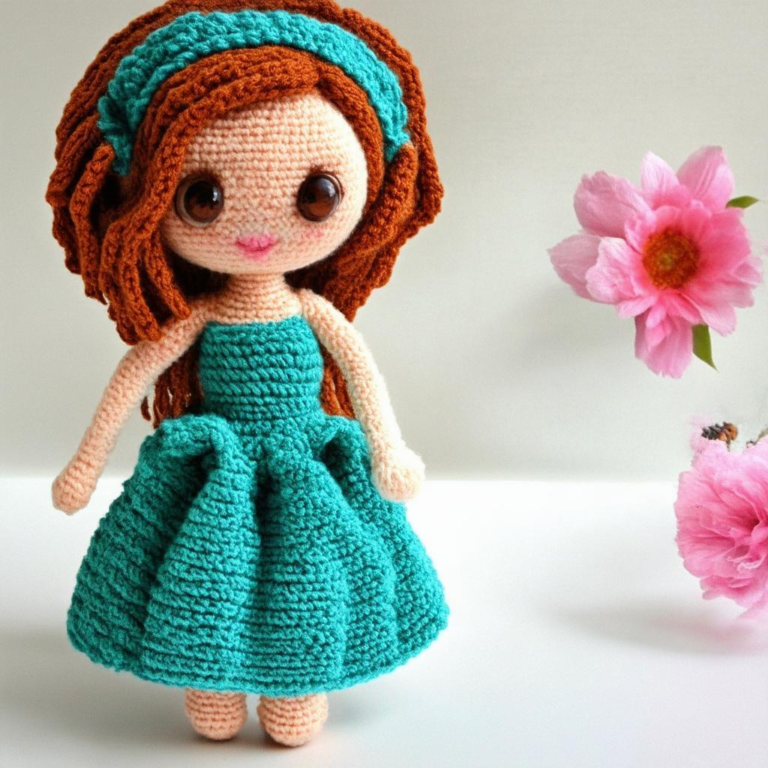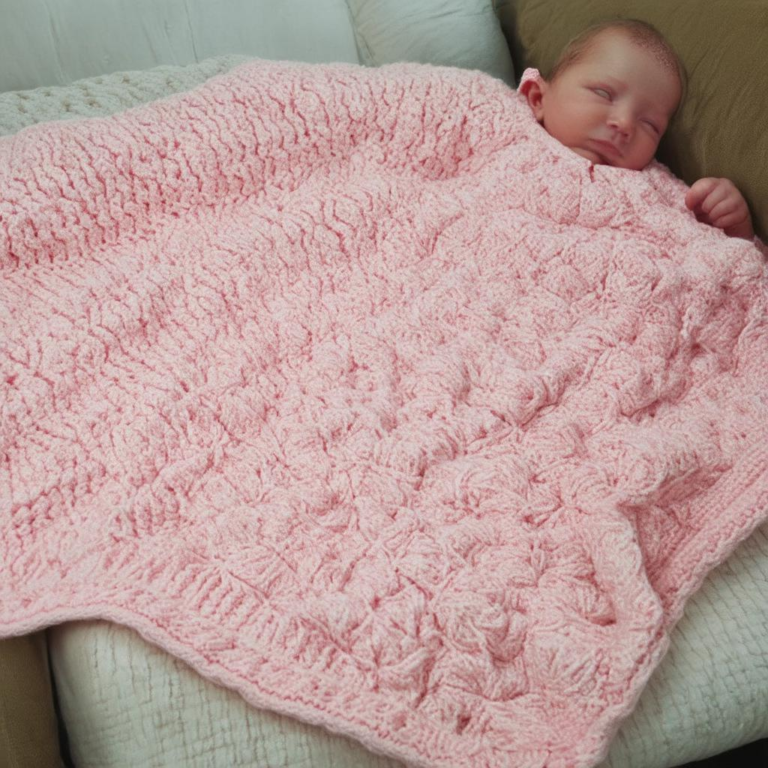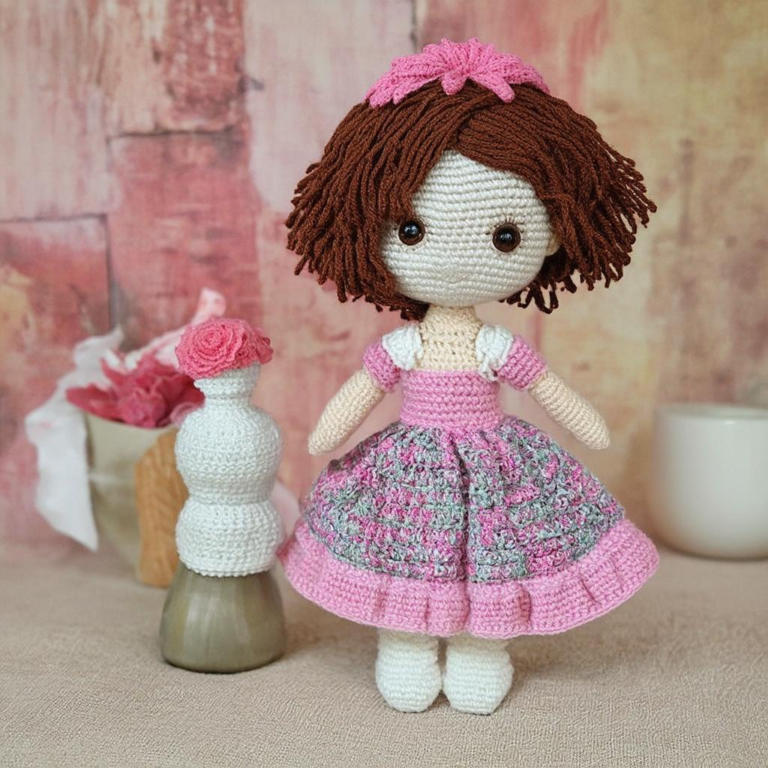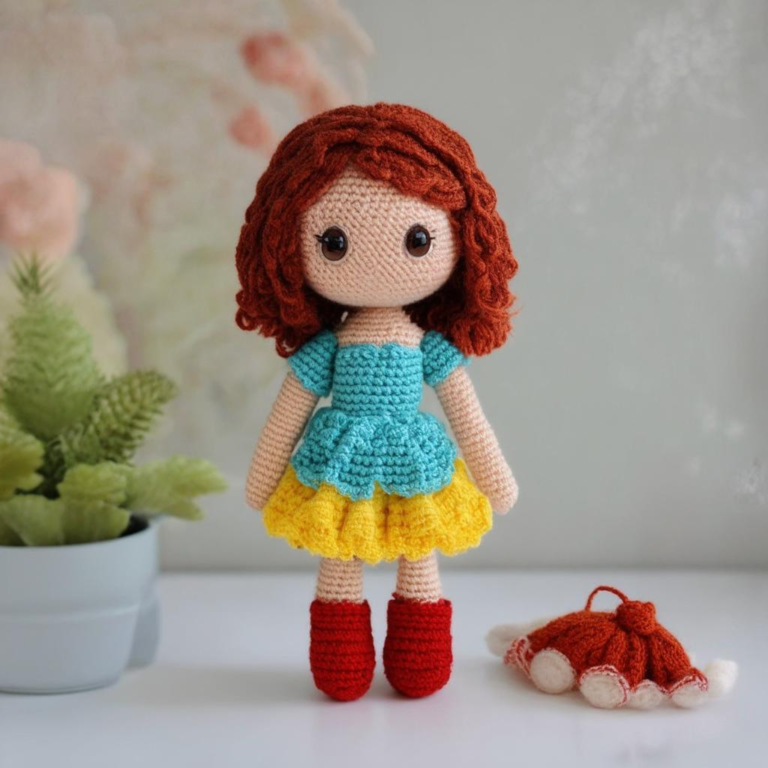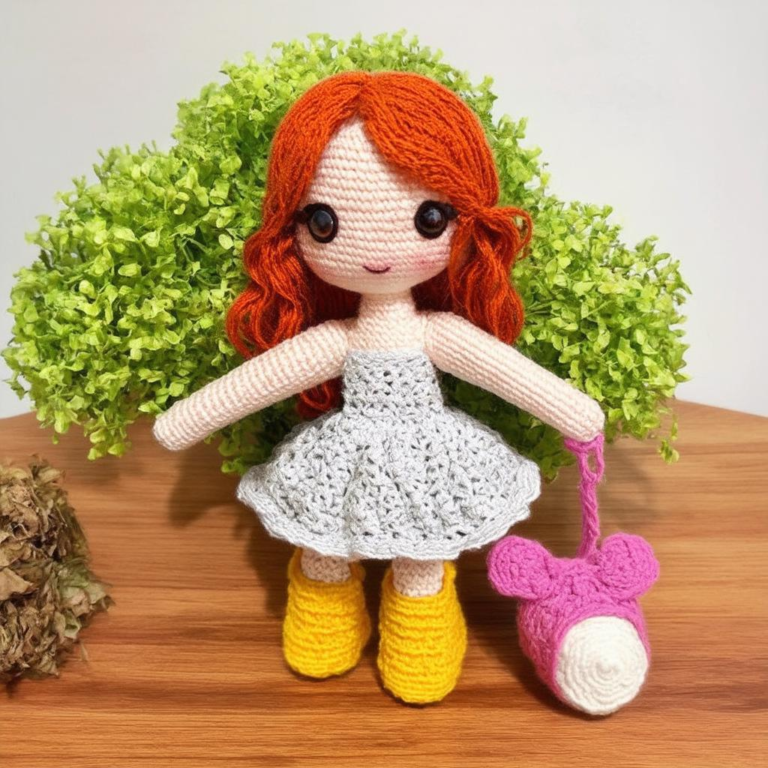[Check out the latest arrivals now!](https://www.amazon.com/s?k=crochet afghan patterns&s=date-desc-rank&tag=smartymode-20)
Okay, here’s the structured article on “Best Crochet Afghan Patterns: top Rated Reviews & Comparisons for Cozy Creations,” designed to meet all your specifications:
Best Crochet Afghan Patterns: Top Rated Reviews & Comparisons for Cozy Creations
Few crafts offer the same blend of relaxation and rewarding results as crocheting an afghan. The rhythmic motion of the hook, the satisfying build of stitches, and the eventual cozy blanket, all combine to make this a deeply loved activity. Whether you’re a seasoned crocheter or just picking up the hook, selecting the right pattern can make all the difference between a frustrating project and a cherished handmade heirloom.This is your complete guide to navigate the world of crochet afghan patterns, with reviews and comparisons to help you create the perfect cozy creation.
[Explore Top Rated crochet afghan patterns on Amazon.]
Understanding Crochet Afghan Patterns: Key Elements to Consider
Before diving into specific patterns,understanding the core elements that make up an afghan pattern is crucial. This knowledge will help you choose patterns that align with your crochet skills, desired outcome, and available time.
Yarn & Material Choices
The type of yarn you choose can drastically alter the final look and feel of your afghan. Here’s what to consider:
Fiber Content:
Acrylic: Budget-friendly, easy to care for, and widely available. Great for beginners and everyday use afghans.
Cotton: Breathable, durable, and ideal for warmer climates. Though, it can be a bit heavier. Wool: Warm, luxurious, but requires more specific care. Ideal for cozy, winter-ready throws.
Blends: offer a combination of properties from different fibers.For example, acrylic/wool blends provide warmth with easier care.
Yarn Weight (Thickness):
Worsted Weight (Medium): A common choice, versatile and works for many patterns.
Bulky Weight: Creates a thicker, faster-to-crochet afghan, perfect for cold regions.
Fingering weight (Light): Lighter and creates intricate patterns but does take much longer to crochet.
Colour Palettes: choose colors that complement your decor or personal style. Consider making a color swatch beforehand to preview how the chosen colors will look together.
Skill Level Requirements
Crochet patterns are frequently enough labeled based on required skill levels. Don’t be intimidated or overestimate your abilities. Starting with a pattern that matches your skills prevents frustration.
Beginner Patterns: use simple stitches like chain, single crochet, and double crochet. Often feature repetitive patterns that are easy to memorize. Look for “easy crochet afghan patterns” when starting out.
Intermediate Patterns: Incorporate patterns with more complex stitches and techniques, such as front and back post stitches, puff stitches, and color changes.
Advanced Patterns: May involve intricate designs, complex colorwork, and various crochet techniques. Suitable for experienced crocheters seeking a challenge.
Size Considerations
Afghans come in various sizes. It is vital to plan appropriately based on its intended use:
baby Afghans: Usually on the smaller side,perfect for cribs or strollers.
Lapghans: Designed to cover someone’s legs while sitting, perfect throws for the couch.
Throw Blankets: Versatile sizes suitable for draping over furniture or wrapping yourself up. Large Afghans: Offer more generous coverage for beds or large sofas. Consider the measurements in the pattern to ensure it meets your needs before getting started.
Understanding Pattern Terminology
familiarize yourself with common abbreviations and symbols used in crochet patterns:
ch: Chain
sc: Single Crochet
dc: Double Crochet
sl st: Slip Stitch
inc: Increase
dec: Decrease
Tools Needed
Having the right tools can improve your crocheting experience. Here is a list of some of the most basic and essential tools you will be needing:
Crochet Hooks: Assorted sizes based on your yarn weight.
Scissors: Used to cut the yarn.
Measuring Tape: For measuring the gauge of your work and for sizing your afghan.
Yarn Needle: to weave in loose ends. Stitch Markers: Useful for marking the beginning or end of repetitive patterns.
[Explore Top Rated crochet afghan patterns on Amazon.]
Top Crochet Afghan Patterns: Reviews & Comparisons
Now that you understand the elements of crochet patterns, let’s take a look at some highly-rated afghan pattern options.
1. The Classic Granny Square Afghan
Granny squares are a crochet staple, and for good reason. They are easy to make, highly customizable, and great for using up leftover yarn scraps.
Description: Consists of small, individual squares worked in the round and then joined together. This method allows for versatile color usage and customization.
Skill Level: Beginner to Intermediate. The squares themselves are easy but joining them requires a little more practice. Pros: Highly customizable since each square can have different colors, textures and also the layout of the squares creates new patterns. A great way to use up scraps of yarn.
Cons: Joining the squares can take some time, with many tiny ends to weave in.
Materials: Worsted weight yarn in various colors and also an appropriately sized hook.
Best for: Beginners looking to make a colorful afghan and those interested in using up their yarn stash. Many easily accessible variations are available via AllFreeCrochet [1].
Variations: There are lots of creative twists that can be incorporated, such as solid granny squares, textured squares, and using different joining methods.
2. The Timeless Ripple Stitch Afghan
Ripple stitch patterns create a wavy effect, making them visually appealing and fun to crochet. Description: Created using a series of increases and decreases in double crochet stitches, resulting in a wavy chevron look.
Skill Level: Beginner to Intermediate. The pattern is repetitive, making it easy to memorize after a few rows.
Pros: The continuous design is quick to create, creates a gorgeous drape, and the pattern is easily memorized.
Cons: The width of the pattern might be a bit difficult to handle when working with large throws.
materials: Worsted weight or bulky yarn and an appropriate hook size, depending on the yarn used.
Best for: those looking for a quick project with an engaging visual texture. Several patterns can be found across the various sites listed [3,4].
Variations: Changes in color combinations will create various looks. It can be created with different stitch types, such as single crochet ripples, or a combination of both.
3. The Cozy Corner-to-Corner (C2C) Afghan
Corner-to-Corner technique might be more of a visual or “graphgan” pattern, were each corner of the square is made up of a double crochet cluster.
Description: Worked diagonally from one corner to the other, creating a textured fabric. It’s perfect for converting images to crochet.
Skill Level: Intermediate. Requires understanding of the basic c2c technique and color changes when using graphs. Pros: Highly customizable with the option to create picture patterns. Provides a satisfying textured fabric with a tighter stitch.
Cons: Managing color changes and small yarn skeins.
Materials: Worsted weight yarns is common, but various yarn weights can be used. Matching hook size for your yarn choice is essential.
Best for: Those interested in creating custom image patterns, from intricate geometric patterns to pictures of their favorite animals.
Variations: Color changes allow for picture-like designs, texture or stitch variations can be incorporated.
4. The Textured Shell Stitch afghan
shell stitch patterns feature beautiful and textured designs making beautiful,elegant pieces.
Description: features a repeating shell pattern made of multiple double crochet stitches worked into a single stitch, creating a scalloped or shell-like appearance.
Skill Level: Beginner to Intermediate. While this pattern looks intricate, it is indeed created using basic stitches that are repeated.
Pros: Creates a beautiful, textured, and light fabric. The pattern is visually appealing while staying simple.
Cons: The shell pattern can make the blanket look more open and may not be suitable for very cold weather, especially if not lined with a thicker yarn.
Materials: Worsted weight or DK weight yarn and an appropriate hook.
Best for: Those looking for a stitch with a lot of visual appeal. This pattern is often found in baby blanket patterns and looks beautiful in any size [2].
Variations: Adding color changes to the shell can create interesting visual effects.
5. The Elegant Cable Stitch Afghan
Cable stitch patterns add a elegant, classic look to afghan. These are well-loved as heirloom pieces.
Description: Involves crossing stitches to create a raised, interwoven cable pattern. It is indeed a more complex pattern that adds texture and depth to an afghan.
Skill Level: Intermediate to Advanced. Requires knowledge of front post and back post stitches. Pros: Creates a sophisticated and elegant texture, classic design.
Cons: Requires more concentration when completing this pattern and may take more time.
Materials: worsted weight or Aran yarn is commonly used, and also a hook size matching your chosen yarn. Use a thicker hook size when starting out to easily identify the stitches you are working with.
Best for: Those looking for a challenging project that yields a classic, sophisticated afghan.
Variations: Can incorporate different cable designs and can even integrate color work and texture stitches.
6. The Modern Geometric Design Afghan
Geometric afghans combine shapes and lines to create contemporary and often visually striking designs.
Description: Can include hexagons, triangles, or other shapes, often pieced together to form an overall pattern. Use of color-blocking and simple shapes will create a clean, modern look suitable for most interior spaces.
Skill level: Beginner to Intermediate. May depend on the complexity of the design. Color work can increase the difficulty substantially.
Pros: Offers a modern and fresh look and good for experimenting with color blocking.
Cons: May require careful planning and measuring to ensure accurate fit and sizing, some patterns may be challenging for those new to joining motifs.
Materials: Various types of yarn may be used, but a balanced thickness will create the best result, such as worsted or dk weight and matching hooks.
Best For: Those interested in modern designs and those who enjoy a more structured approach to crochet.
Variations: Can include various types of geometric patterns and can include both solid and open stitches.
7.The versatile Striped Afghan
Striped designs offer a simple yet versatile way to create a cozy afghan.
Description: created by changing colors every few rows to create stripes.
Skill Level: Beginner. Uses basic crochet stitches such as single and double crochet.
Pros: Simple and easily customizable. It also works up faster due to its repetitive nature. Great for using up scraps of yarn.
Cons: Can be monotonous over time which can be tedious for some.
Materials: Variety of colors in yarn of your choice and appropriate hook size.
Best For: Beginners looking for a simple, easily customizable afghan project.
Variations: The thickness and color of the stripes can be changed for a variety of looks.
[Explore Top rated crochet afghan patterns on Amazon.]
Tips for Choosing the Right Pattern and Yarn
Choosing the right afghan pattern and yarn can elevate your crafting experience. Here are a few helpful tips to keep in mind:
Start with a Skill-Appropriate Pattern
If you’re a beginner, start with simpler easy crochet afghan patterns using basic stitches. Trying to tackle a highly complex pattern too early will lead to frustration and you will be most likely to give up. Build up your skills slowly.
Consider the End Use
Will the afghan be used for everyday snuggling on the couch or is it meant as a gift for a special occasion? This consideration is vital in choosing materials and patterns that fits that use. Think of durability, washability and warmth.
Swatch Before Committing
Always crochet a small swatch before starting the complete project. A swatch will help you gauge if the stitch size and tension are correct, and also gives you a way to see the colors together before investing a lot of time and effort.
Prioritize Quality Yarns
Investing in quality yarn is crucial since it affects the finished product’s texture,durability,and long-term appearance. Always stick with well-reviewed yarn brands to ensure an afghan that lasts.
Read Reviews and Tester Feedback
Check for any reviews or tests of patterns that you have found. These can frequently enough be found from various free patterns found online [5]. Review feedback can help in highlighting potential errors, or gauge the difficulty before starting.
[Explore Top Rated crochet afghan patterns on amazon.]
Maintaining Your Crocheted Afghan
Once you’ve created your beautiful afghan, proper care is essential to preserve its beauty and longevity. Here’s what you need to know:
Washing Instructions
Read the Yarn Label: Always check the yarn label for washing instructions. Different materials require different care (i.e., wool vs acrylic). Hand Wash for Delicates: Hand-washing is the gentlest approach for delicate materials like wool or for intricate patterns. Use cold water and a mild detergent. Machine Wash with Care: Machine wash with a mesh laundry bag to protect the afghan. choose gentle cycle and cold water, and consider using a mild detergent.
Avoid Harsh Chemicals: Stay away from bleach and harsh chemicals which damages natural fibers or fades colors.
Drying Instructions
Air Dry for Best Results: Lay your afghan flat on a drying rack and out of direct sunlight.
Avoid Direct Heat: Do not place your blankets in the dryer when possible, but use low heat when necessary.
Storage Tips
Fold Neatly: Store blankets folded in a dry place. This prevents stretching or damage over long-term storage.
Use Breathable Storage: Cotton storage bags that are breathable prevent trapping moisture and possible mildew.
Avoid Direct Sunlight: Avoid storing it in direct sunlight to prevent color fading.
[Explore Top Rated crochet afghan patterns on Amazon.]
Conclusion
Crocheting an afghan is a wonderful and rewarding experience for anyone who wants to create something long lasting and special for themselves,or to give as a gift to someone else. By carefully considering your skill level, materials, and desired outcome using this comprehensive guide, you can choose a crochet afghan pattern to create beautifully crafted and cozy creations. By combining your preferred patterns,colors,and textures,you can create an afghan to cherish for many years to come.
[shop budget-friendly options now!](https://www.amazon.com/s?k=crochet afghan patterns&s=price-asc-rank&tag=smartymode-20)

